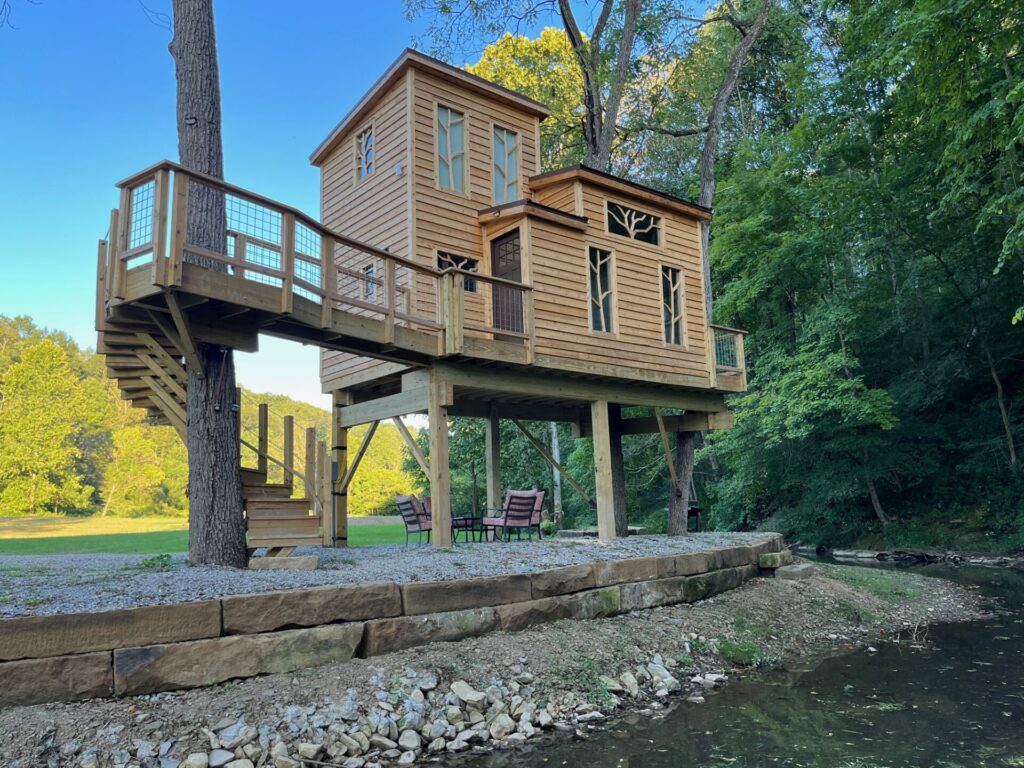
Every year, without fail, the sudden transition from balmy late summer days to frosty fall and winter mornings takes Ohio’s runners by surprise. With those cold days comes the temptation to skip your workout and opt to instead stay inside with a warm blanket and a mug of hot chocolate. However, with the right adjustments, you can make cold weather workouts feel as warm and comfortable as a summer day.

One of the easiest ways to stay accountable and committed to training through our hibernation-inducing winters is to recruit a training partner. Knowing you have a friend waiting to meet up with you not only makes you less likely to skip your workouts, it also makes the workouts more enjoyable.
Unfortunately, as great as training partners are, you will still have to combat the cold. With so many brands of shoes and clothing to choose from, it can be hard to know what products will keep you warmest.

When looking for footwear, the most important thing to consider is finding the right type of shoes for your feet. At a store that specializes in running shoes trained and experienced staff are able to provide a personalized gait analysis to determine what type of support is appropriate for you. Most shoes will provide enough warmth, but there are Gore-Tex options available to keep your feet dry in slushy conditions. Merino Wool socks will add extra warmth and moisture-wicking technology to prevent frozen toes.
When I first started running, the rule of thumb I learned was to always dress as if the temperature was 20 degrees warmer than the actual temperature outside. I noticed this to be accurate, considering your body temperature warms up considerably when doing physical activity. Temperatures below freezing can make this difficult, but it can still help if you are at a loss for what to wear.

Layers are the key to staying warm in those single-digit temperatures we are bound to experience. Always start with a thermal base layer, lightweight and moisture-wicking. Depending on the temperature, additional layers can include fleece jackets, thermal vests, and wind-breaking shells. For temperatures below 40 degrees, full length pants are usually a necessity. When temperatures are below freezing, these layers should be wind-breaking as well.
If you plan on running in the mornings or evenings, opt for reflective gear and additional safety products such as headlamps. Gloves and hats or headbands that cover the ears are extremely important as well to keep extremities from the blistering cold. Brands like Nike, New Balance, Mizuno, Brooks, and Asics, among others, offer great options for all of these products.

Even after you’ve survived the cold and finished your run, there are a few things that you can’t forget to do–especially in the winter. It’s easy to remember to rehydrate in the summer months, but it is just as important in the cold! Products like Nuun, Tailwind, and Maurten are great drinks to rehydrate with and to replace electrolytes and other nutrients.
Your muscles will need attention too, as the cold can cause you to tighten up very quickly. Rolling out with the Roll Recovery R8, a foam roller, and The Stick will help keep your muscles loose and ready for your next endeavor in the cold.
Cold Weather Running

Winter running checklist (Great ideas for Stocking Stuffers):
- Training partner
- Gore-Tex shoes
- Thermal tights/layering tops
- Windbreaker shell
- Hat/Headband/Balaclava (covers ears)
- Gloves
- Merino Wool socks
- Headlamp (for early mornings and late nights)
- Roll Recovery R8
- The Stick
- Nutrition Products (Nuun, Tailwind, Maurten






